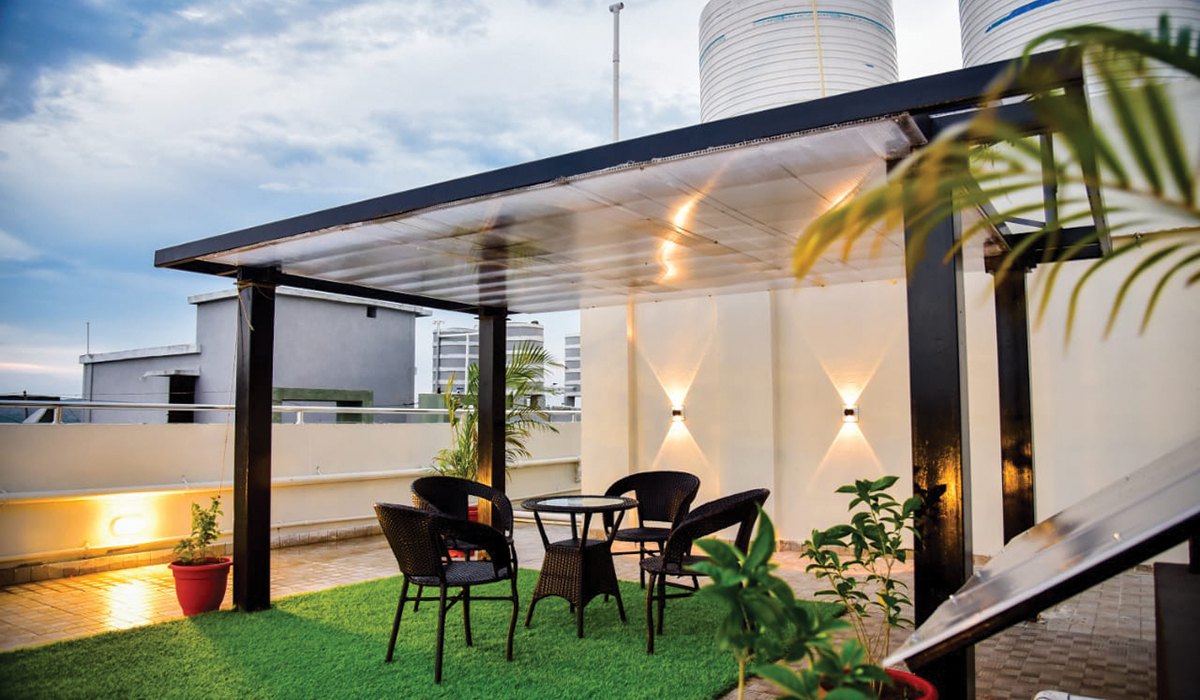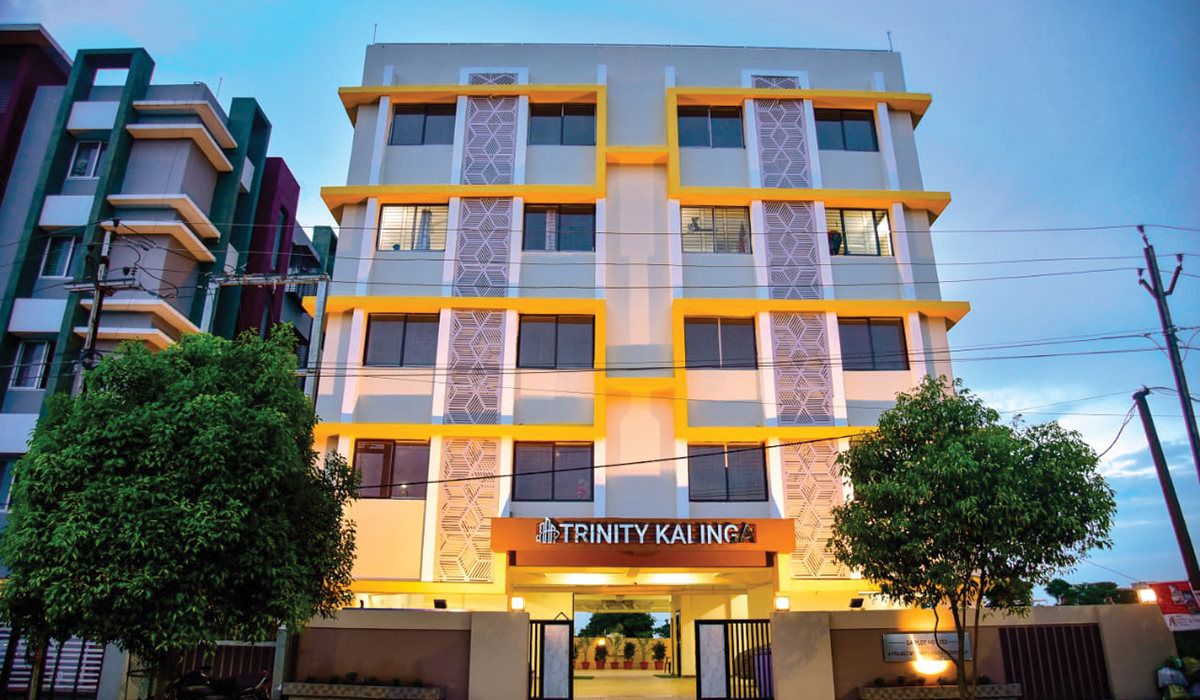Residential and commercial projects need to go green because this is the next step in building evolution.
Prateek Gupta - Principal Architect, Prateek Gupta Architects
Residential and commercial properties make up for the majority of structures in our cities. Poorly designed structures contribute to greenhouse emissions, pollution, and increased carbon footprint. The buildings that we construct have a great impact on our microclimate, surroundings, and on the health of citizens around the world. A good amount of time and effort has to be put into creating structures that are ecologically sustainable and aid in reducing the overall carbon footprint.

The associated savings that sustainable projects achieve are multifold. Every building has a variety of systems contributing to its performance, including electrical systems, water management, and HVAC systems. By using green building techniques, we can largely decrease our dependence on conventional power generation methods that consume fossil fuels. To cite a few examples, using solar cells to produce electricity provides clean and free energy for buildings, resulting in long term savings. Similarly, using green roofs or terrace farming helps in reducing the HVAC load, thus providing direct savings in terms of electricity bills.

A few techniques that we have practically been able to inculcate in a lot of our projects include solar panels and solar water heaters, double glazed facades, rainwater harvesting, and recycled water usage. Additionally, we have done substantial research on advanced methods of building green by applying concepts like algae panels, windmills, geothermal wells, large scale urban farming concepts on a few of our international conceptual projects, including a bio-climatic school in Greece, an urban farming tower in Seoul, and a children’s museum in the USA.
















